Rajasthan, earlier the abode of numerous kingdoms, is even today replete with those stories of valour, tales of love and an impressive history. The makers of this impressive legacy have charmed the ages with their style and lavishness and have embellished the history of Rajasthan. Rajasthan has a rich and colorful history making it one of the most popular tourist destinations in India. Historical traditions are that Rajputs, Nath, Jats, Bhils, Ahirs, Gujars, Meenas and some other tribes made a great contribution in building the state of Rajasthan. All these tribes suffered great difficulties to protect their culture and the land. Millionsof them were martyred for this land. Rajasthan includes most of Rajputana, comprised of a number of Rajput kingdoms as well as Jat kingdoms and a Muslim kingdom. The Jats were rulers in Bharatpur and Dholpur. Tonk was ruled by a Muslim Nawab. Jodhpur, Bikaner, Udaipur, and Jaipur were some of the main Rajput states. Rajput families rose to prominence in the 6th century CE. The Rajputs resisted the Muslim incursions into India, although a number of Rajput kingdoms eventually became subservient to the Delhi Sultanate and the Mughal Empire during those empires’ peak of expansion. The Mehrangarh Fort in Jodhpur was built by Rao Jodha in 1498.Mewar led others in resistance to Muslim rule: Rana Sanga fought the Battle of Khanua against Babur, the founder of the Mughal empire; and Maharana Pratap Singh resisted Akbar in Haldighati. Other rulers like Raja Maan Singh of Amber were trusted allies. As the Mughal Empire weakened, the Rajputs reasserted their independence. With the decline of the Mughal Empire in the 18th century, Rajputana came under attack from the Marathas and Pindaris, and the Maratha general Scindia captured Ajmer. The Rajput kings concluded treaties with the British in the early 19th century, accepting British sovereignty in return for local autonomy. Following the Mughal tradition as well as its strategic location Ajmer became a province of British India, while the autonomous Rajput states, the Muslim state [Tonk]), and the Jat states (Bharatpur and Dholpur) were organized into the Rajputana Agency. Rajasthan’s formerly independent kingdoms created a rich architectural and cultural heritage, seen today in their numerous forts and palaces ( Mahals and Havelis) which are enriched by features of Hindu, Muslim and Jain architecture.

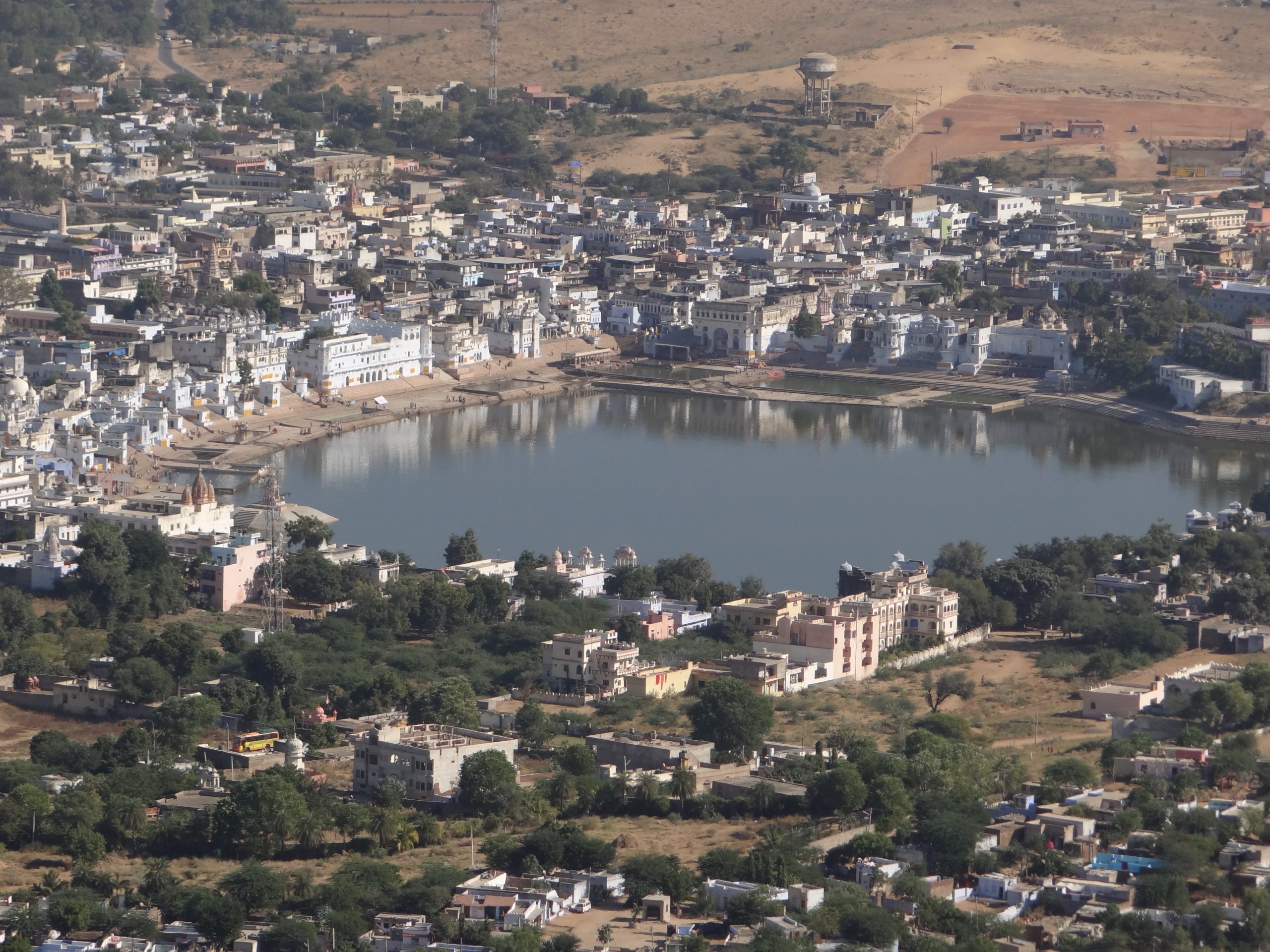
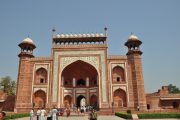
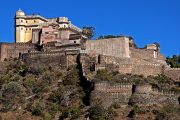
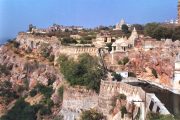
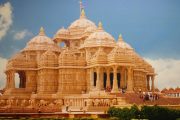
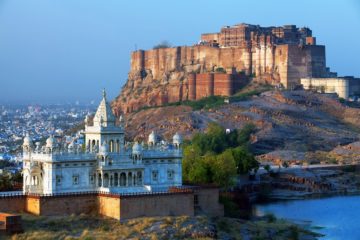
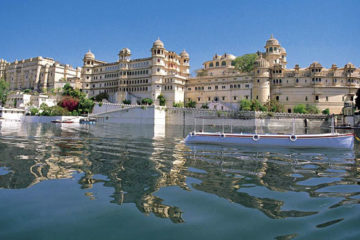
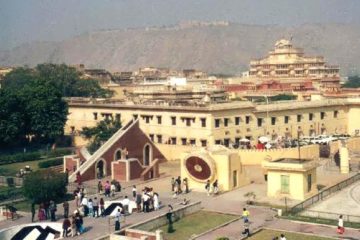
Tour Reviews
There are no reviews yet.
Leave a Review